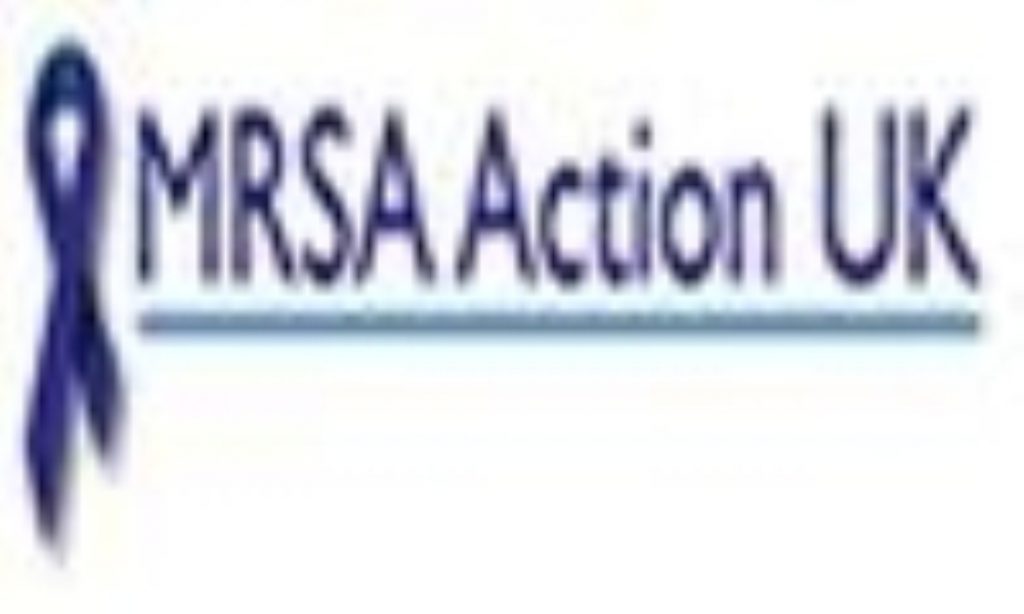Although progress has been made since mandatory reporting of MRSA has been introduced, this bacteria shows resilience and despite best efforts, for the first time in 5 years trends show an increase in patients in hospital acquiring an MRSA bloodstream infection. In 2011/12 there were 472 hospital reported bloodstream infections, this reduced by 16% the following year to 398, however the trend is now increasing, and 5 years on there is an overall increase of 11%, with the most significant rise seen in 2015/16, a 21% increase over the year with 520 cases. The rise in numbers coincides with the Department of Health’s change in policy on screening for MRSA, from universal screening to targeted screening.
MSSA bloodstream infections are at their highest levels for 5 years, increasing by 4% over the last year, and 2% since 2011/12 with 2,910 cases reported. These infections are sensitive to Meticillin related antibiotics but still cause significant illness, suffering and mortality in vulnerable patients.
Staphylococcus aureus is a pathogen that we live with every day and is proving to be a significant challenge in and outside of hospital. There has been a 37% drop in the numbers of MRSA bloodstream infections reported in the primary care setting over the last 5 years with 1,116 cases reported in 2011/12 down to 818 cases in 2015/16, but the trend in reductions halted in 2014/15 and a 3% increase was seen over the last year.
MSSA bloodstream infections have shown a staggering increase over the last 5 years. There were 8,767 cases reported in the primary care setting rising by 18% to 10,587 in 2015/16. It is unclear from the surveillance what proportion were attributed to lapses in care or unrelated to healthcare, but in terms of tackling antibiotic resistance, a worrying trend as more antibiotics are used to tackle the infections.
MRSA Action UK believe that post infection review should be carried out not only for MRSA bloodstream infections, but for surgical site infections, we do not know how many people suffer as a consequence of these as these are still not recorded effectively to be able to compare and assess the best way to avoid them.
Many hospital acquired bloodstream infections are avoidable, hand hygiene, aseptic procedures, device and line care, screening and isolation play significant roles in avoiding these infections. Staff need to be skilled to carry out safe care and attention to the quality of the care given cannot be emphasised enough.
Clostridium difficile remains a challenge, reductions over the last 5 years were significant, with a 48% reduction in hospital cases and 27% reduction in primary care. However, the reducing trend has stalled. The highest proportion of cases are in primary care where antibiotic prescribing is likely to be one of the most significant contributing factors. For hospitals prescribing, environmental cleaning, hand hygiene and keeping a check on the epidemiology (strain) of the infection is important. Some strains of Clostridium difficile are more difficult to treat, tracing the strain can also assist with identification of infection control lapses and inappropriate prescribing. Post infection review needs to be used effectively to tackle the high numbers of infections.
Public Health England has made information available on mandatory reporting and antimicrobial resistance in the health profile portal, which is accessible to the public. To find out how your area is performing visit Public Health England’s Antimicrobial Resistance pages here.





-01.png)